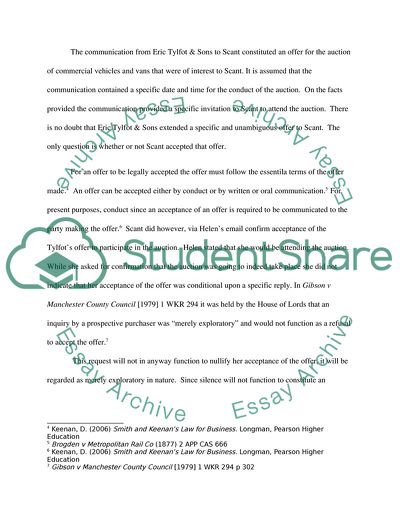Cite this document
(Business Claims Case Study Example | Topics and Well Written Essays - 3000 words, n.d.)
Business Claims Case Study Example | Topics and Well Written Essays - 3000 words. https://studentshare.org/law/1711167-common-law-business-contracts
Business Claims Case Study Example | Topics and Well Written Essays - 3000 words. https://studentshare.org/law/1711167-common-law-business-contracts
(Business Claims Case Study Example | Topics and Well Written Essays - 3000 Words)
Business Claims Case Study Example | Topics and Well Written Essays - 3000 Words. https://studentshare.org/law/1711167-common-law-business-contracts.
Business Claims Case Study Example | Topics and Well Written Essays - 3000 Words. https://studentshare.org/law/1711167-common-law-business-contracts.
“Business Claims Case Study Example | Topics and Well Written Essays - 3000 Words”. https://studentshare.org/law/1711167-common-law-business-contracts.


